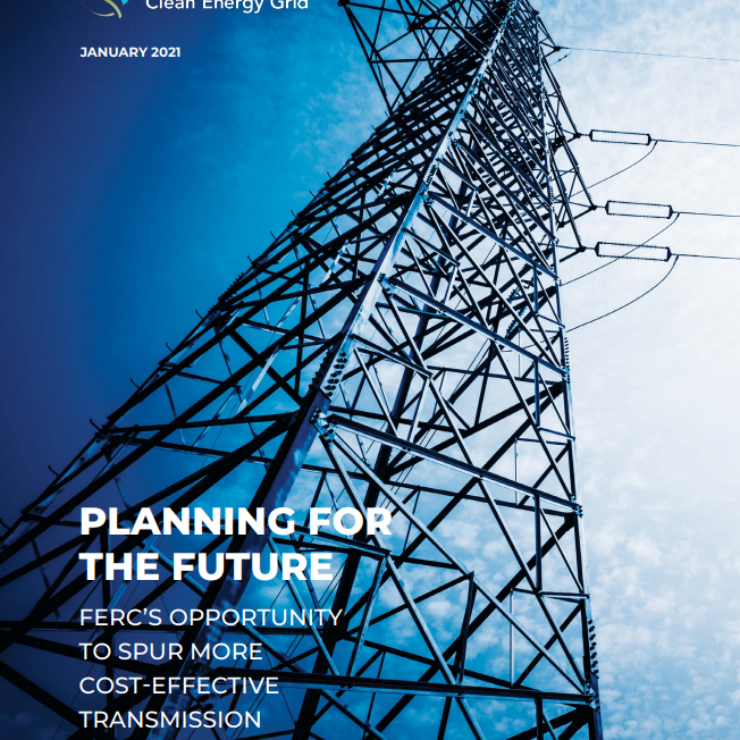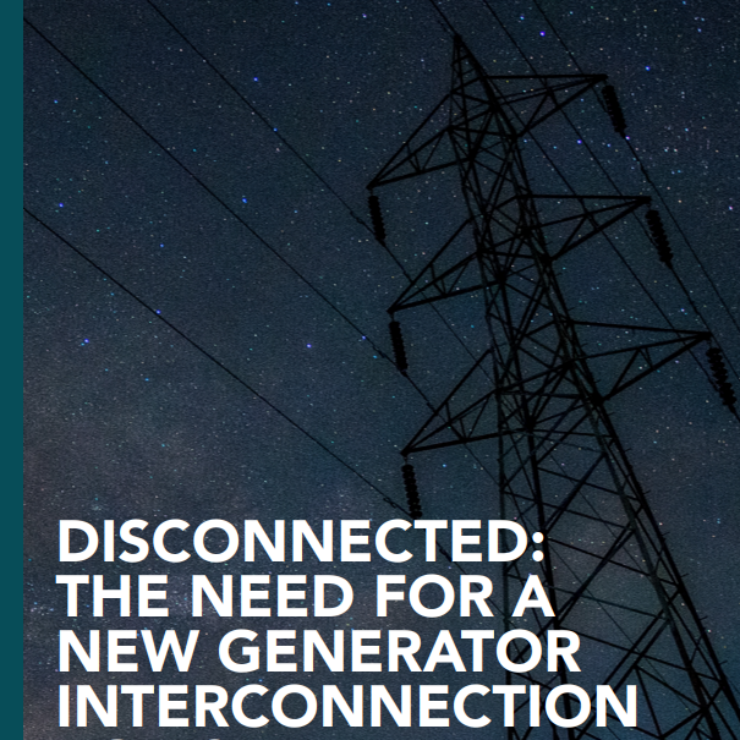Authors
James McCalley and Qian Zhangsponsors
Sponsored by ACEG as part of the Macro Grid Initiativepublished
November 2020Executive Summary
- This report addresses interregional transmission and Macro Grids, to illuminate the value of developing transmission systems of this kind in the US. By interregional transmission, we mean transmission between two or more distinct geographical regions that are otherwise planned and operated separately, or between two or more distinct geographical regions that are separated by significant distance. By Macro Grids, we mean a network of interregional transmission lines, generally expansive in geographical scope. People have also used supergrids as an alternative to Macro Grids, both of which are used interchangeably throughout this report. The interest in interregional transmission and Macro Grids has grown worldwide, on every continent, because there is strong perception the benefits it provides are of high economic value and significantly outweigh the costs of providing it. The fact that interregional transmission and Macro Grids are of worldwide interest leads to the purpose of this report, which is to inform the US energy policy and engineering communities of answers to the following four questions:
- Worldwide summary: To what extent are the various regions of the world studying, planning, and building interregional transmission and Macro Grids?
- Benefits, costs, and characteristics for successful implementation: What is the perception of interregional transmission and Macro Grids around the globe in terms of perceived benefits, costs, and characteristics for successful implementation?
- Engineering design: What basic steps are necessary in order to motivate and perform an engineering design of interregional transmission or a Macro Grid?
- Consolidating and coordinating mechanism: What potential consolidating and coordinating mechanisms are necessary to accomplish an interregional transmission project in the U.S.?
In the US, the power industry evolved with hundreds of utilities that were vertical siloes of local generation serving local load. Regional institutions have only been added in this century and have barely begun to pursue interregional transmission between them. Interregional transmission was a job that was never clearly assigned to FERC, DOE, or any other entity. It is time for the change.
- Macro Grids and high-voltage interregional transmission connections are either already in place, under development or being considered almost everywhere in the world.
- China has recently completed five times more high-voltage interregional transmission than Europe, and over 80 times more than the U.S.
- The European Union is planning and building high-voltage transmission to support the development of offshore wind in the northern seas.
- The U.S. should review its policies to address current challenges to interregional transmission and Macro Grid development.
- The same physics and economics generally apply everywhere, so Macro Grid development is a natural and unsurprising next stage of electric industry evolution. Reserve sharing and diversity has always been a feature of power systems but it is becoming much more pronounced given weather-driven (wind/solar) resource reliance.




